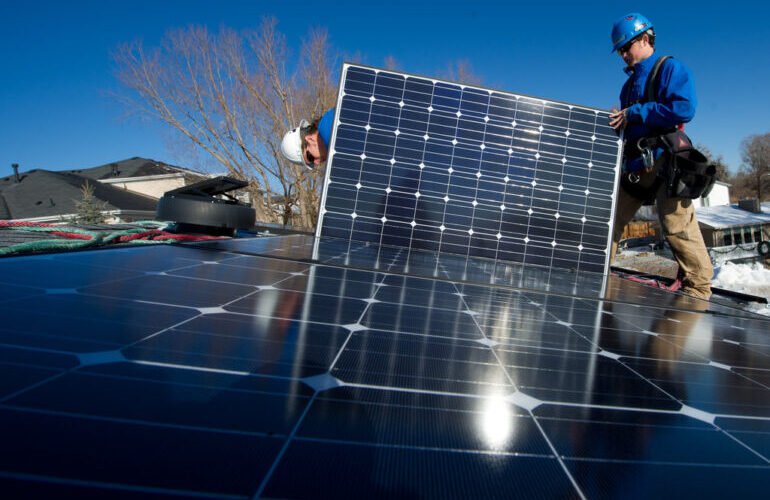US Residential Solar to Rebound Post-2028 Despite ITC Challenges
Wood Mackenzie’s latest report paints a mixed picture for the U.S. residential solar market. The One Big Beautiful Bill Act (HR1) is set to shake things up, particularly with the removal of the Section 25D Investment Tax Credit (ITC). While this move is expected to slow growth in the near term, the long-term outlook remains promising. By 2028, the industry is poised to bounce back, but what does this mean for installers, homeowners, and policymakers? Let’s break it down.
The Immediate Impact of Losing the ITC
Cutting the ITC isn’t just a minor tweak—it’s a big deal. For years, the credit has been a driving force behind solar adoption, knocking 30% off installation costs for homeowners. Without it, we’re likely to see a dip in demand, especially among budget-conscious consumers. This isn’t just speculation; WoodMac’s data predicts a noticeable slowdown through 2027.
Why the Solar Industry Isn’t Doomed
Here’s where things get interesting. While the ITC’s phaseout stings, it’s not the only factor at play. Falling costs for solar panels and battery storage (think Tesla Powerwall or LG Chem) are making systems more affordable even without incentives. Add in rising electricity bills, and the math starts to tilt back in solar’s favor. As one installer put it, “The sun isn’t raising its rates—utilities are.”
The 2028 Comeback: What’s Driving It?
By the end of the decade, WoodMac expects the market to regain momentum. Three key drivers are at work: grid parity in most states, advancements in panel efficiency, and a growing emphasis on energy independence. States like Texas and Florida are already seeing solar compete head-to-head with traditional power sources. For homeowners, locking in predictable energy costs is becoming harder to ignore.
Batteries: The Game Changer We Didn’t See Coming
Remember when solar alone was the star? Now, storage is stealing the show. As blackouts become more frequent (looking at you, California), pairing solar with batteries like the Enphase IQ or Fronius inverters isn’t just smart—it’s becoming standard. This trend isn’t slowing down, and by 2028, it’ll be a major growth engine.
What Should the Industry Do Now?
For installers, the message is clear: adapt or get left behind. With fewer incentives, education becomes critical. Homeowners need to understand that while upfront costs might be higher, long-term savings are real. And let’s not forget—policy isn’t set in stone. If the market stumbles too hard, don’t be surprised if DC reconsiders.
The Bottom Line
Yes, the next few years will test the residential solar market. But like a Phoenix rising from utility bills, the industry’s fundamentals remain strong. By 2029, we might just look back at this as a bump in the road—not the end of the journey.






